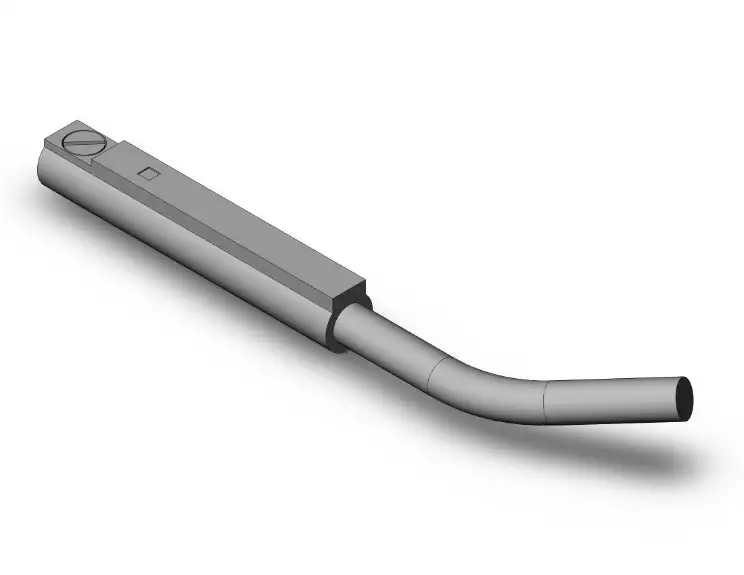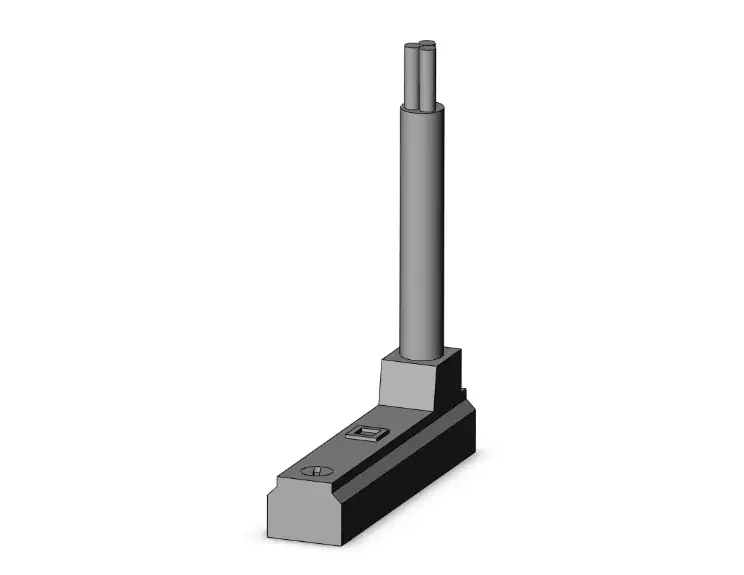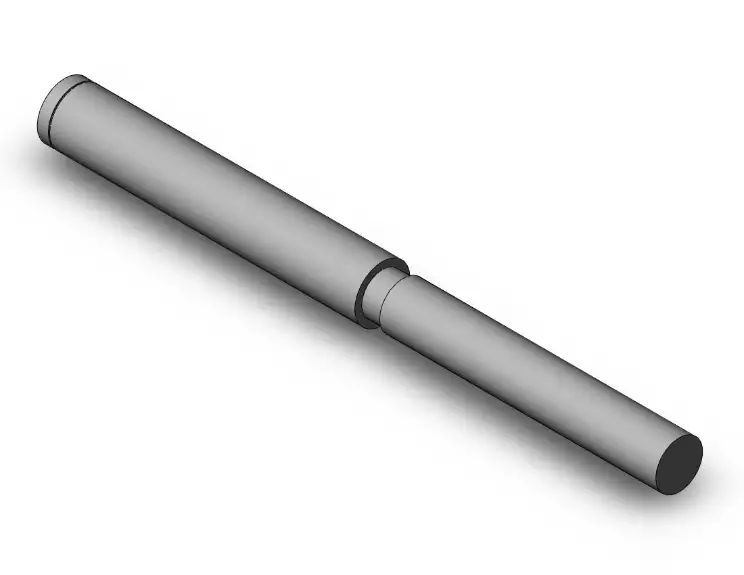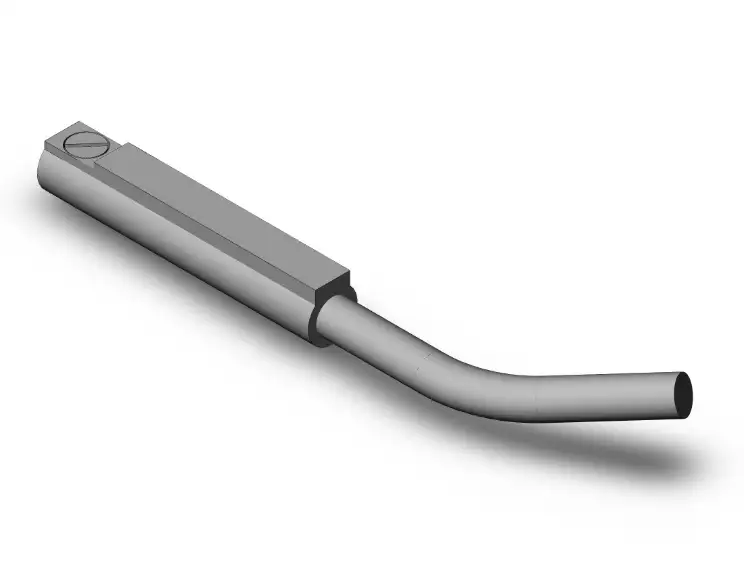SMC D-B54 auto switch is a pneumatic device used in industrial automation to detect the position of a pneumatic cylinder's piston. It is used in manufacturing & assembly processes. This switch operates by sensing changes in air pressure within the cylinder, indicating when the piston reaches specific positions, such as fully extended or retracted.
Features:
- This reed-type auto switch is a versatile electrical device featuring multiple mounting styles, including band, rail, tie-rod and direct mounting for compatibility with different setups.
- This reed-type auto switch includes grommet, connector, terminal conduit and DIN terminal electrical entry options for flexibility in wiring and connection methods.
Frequently Asked Questions:
Q. What is the difference between belt-driven and direct-driven fans?
A. Belt-driven fans employ a system of belts and pulleys to transfer power from the motor to the fan blades, offering flexibility in speed adjustment but requiring more maintenance and space. They are quieter due to the motor isolation but can be less energy-efficient. In contrast, direct-driven fans directly connect the motor to the blades, offering limited speed control options, lower maintenance needs and a more compact design. They can be noisier but are often more cost-effective and efficient due to their simpler construction.
Q. What is the purpose of the reed contacts in the SMC D-B54 auto switch?
A. The reed contacts provide electrical feedback when the piston reaches specific positions, allowing for precise control of machinery.
Q. How do you install the SMC D-B54 auto switch on a pneumatic cylinder?
A. Installation involves attaching the switch to the cylinder in a position where it can detect the piston's movement accurately.
Q. Can it be used for both extended and retracted piston positions?
A. Yes, it can detect both extended & retracted positions, depending on how it is installed.
Q. What are the factors to consider while choosing this SMC D-B54 auto switch?
A. Major factors include specific application requirements, cylinder compatibility, mounting style, electrical entry options and environmental conditions to ensure optimal performance.
 Change Country
Change Country








